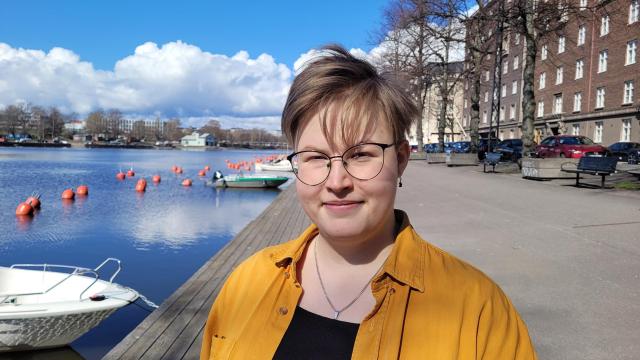Trade unions satisfied with the new government programme
(Helsinki 20.06.2011 - Juhani Artto) The basic line of the new government programme is acceptable to the trade unions. This indisputable conclusion may be drawn from early comments made by the Presidents of the three union confederations (Akava, SAK, STTK) and also from the reactions of Presidents of several large national trade unions, such as JHL and PRO.
The 89-page programme consists not only of general outlines with respect to future policy but numerous concrete solutions. The government is determined to put an end to growing inequality and bring about at least a modest improvement in the standard of living of poor people. The spike in the budget deficit will be slowed down significantly and unemployment will decrease, assuming that the fairly brisk economic growth continues. Trade union leaders regard trends of this nature as necessary and fair.
Union leaders praise the strong emphasis on cooperation with labour market organizations concerning, for example, coordination of economic and employment policies and labour legislation reforms. Employer representatives are less enthusiastic in their comments on the eagerness to lean on three-tier cooperation.
Trade union leaders are satisfied on the commitments to step up the fight against the grey or black economy. The programme promises legislation that will make it mandatory for construction workers to have with them at all times an identity card with a photograph and tax number.
Six-party coalition
The programme of Prime Minister Jyrki Katainen's six-party government was announced on Friday. The new government will most probably be appointed on Thursday. The coalition will be made up of the National Coalition Party (6 ministers), the Social Democratic Party (6), the Left Alliance (2), the Green Party (2), the Swedish People's Party (2) and the Christian Democrats (1).
The programme outlines the government's policy for the next four years - if the coalition is able to hold together for the entire election period and thus follow the pattern that has persisted for the last three decades. Negotiations leading up to the formation of the incoming government and its programme needed more time than in the recent past. It reflects the difficulties of forming a coalition that includes parties from both the right and the left. Each party has had to make a large number of compromises.
During the negotiations the True Finns, who won a huge victory in the April 17 Parliamentary elections (39 seats out of 200), were not prepared to compromise on its strong anti-EU position, making it impossible for their party to be included in any of the majority government options.
The opposition will now be made up of the True Finns and the Centre Party (which was the largest party from 2003 to 2011). In Parliament, these two opposition parties together hold 75 seats out of a total of 200.
News
 The Central Organisation of Finnish Trade Unions
The Central Organisation of Finnish Trade Unions

